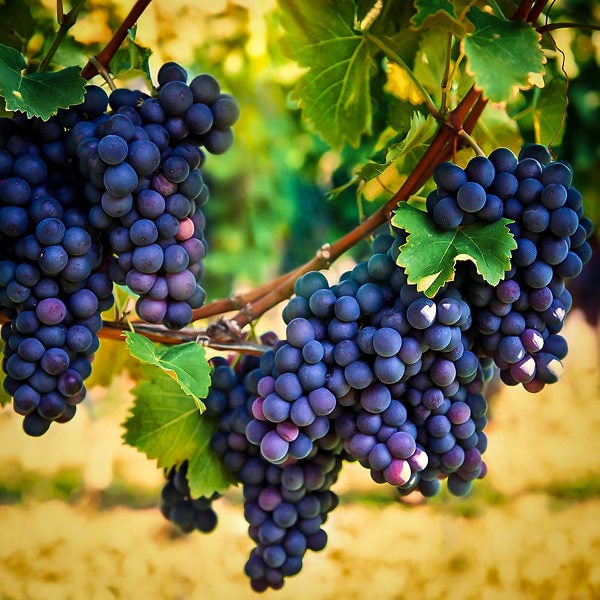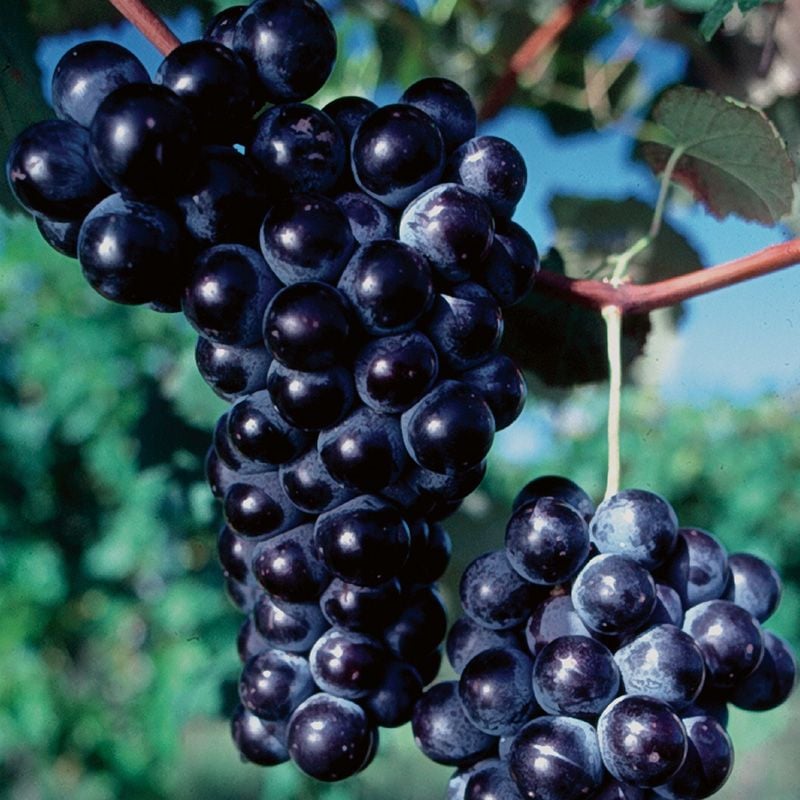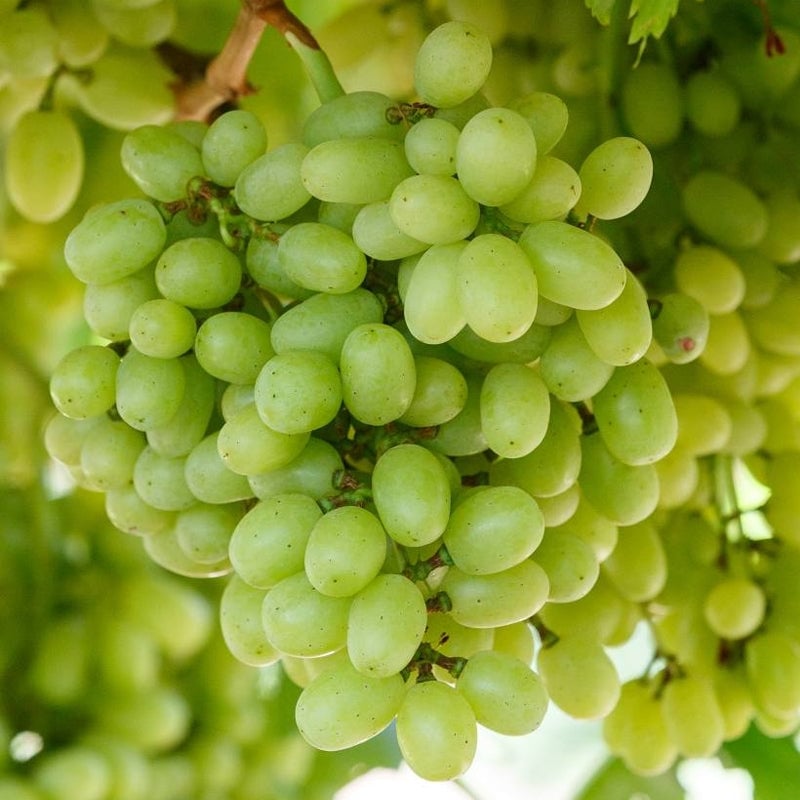





Grape Vines (Fruit Bearing Age)
We sell bare root plants - click here to see what you'll receive
Grape Vine: Vitis Vinifera
Our grape vines are mature and XL, fruit-bearing age. You're not just getting a tiny plant, but a large 3'+ plant. We have four varieties in stock. These go fast. Bearing Age Grape Vine Plants 3-4' Prices Slashed 80% Fast Shipping.
Concord Grape Vines
The Concord (Vitis labrusca 'Concord') is a deciduous plant known for its robust growth and delicious fruit. It can stretch up to 20-30 feet, with thick, gnarled stems. In spring, tender green leaves and clusters of fragrant flowers emerge, transforming into deep purple fruit by summer. The plant offers shade and transforms into vibrant autumn colors, symbolizing endurance and the passage of time.
Catawba Grape Vines
Catawba (Vitis labrusca 'Catawba') is historically significant and versatile. Originating in North Carolina, it thrives in diverse climates. It features lush, heart-shaped leaves that turn fiery red in autumn. Delicate spring flowers attract pollinators, while their elegant tendrils create an intricate green labyrinth. Catawba enhances biodiversity and symbolizes resilience and natural beauty.
Fredonia Grape Vine
Fredonia (Vitis labrusca 'Fredonia') are vigorous and resilient, thriving in various climates. They feature large, heart-shaped, deep green leaves that crease in the breeze, providing a serene ambiance. Small fruit clusters emerge in spring, and the leaves turn vibrant crimson, orange, and gold by autumn. These symbolize nature's resilience, beauty, and cultural significance, enriching gardens and vineyards.
Niagara Grape Vine
Niagara (Vitis labrusca 'Niagara') are known for their lush, three-lobed leaves with serrated edges. Delicate tendrils wrap-around supports, showcasing nature's ingenuity. In summer, fragrant greenish-white flowers attract pollinators, transforming into translucent fruit. Autumn brings brilliant red, orange, and gold foliage. Niagara provides a habitat for wildlife, embodying botanical artistry and ecological significance.
| Planting zone | [4, 5, 6, 7, 8, 9, 10] |
|---|---|
| Height At Maturity | Over 12" |








Grape Vines (Fruit Bearing Age)

